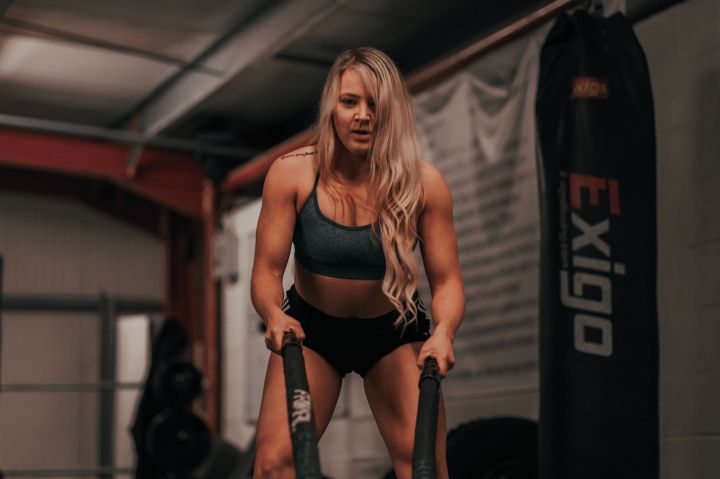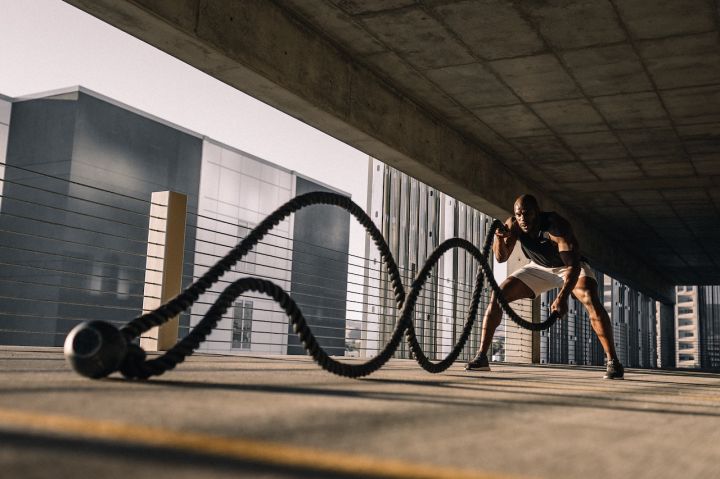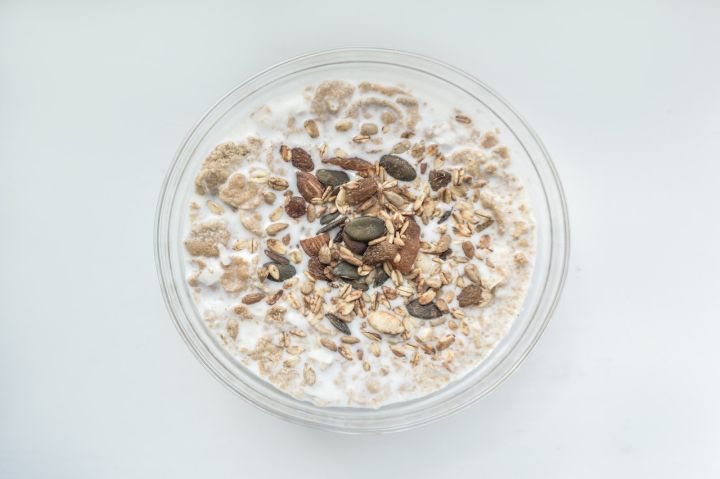deep squats or hard pulls, which do you prefer?

The deep squat is arguably one of the best movements you can master. It works the quads, hamstrings and gluteus maximus, and the deep squat also requires a lot of involvement from other body parts such as the back, chest and core muscle groups. It is not just the squat that is popular, but also its various variations.

although what works for you is the best, there are some "Do it, don't do it, don't do it" Guidelines that we should all agree on. I don't know if you have summarised them yourself, but if not then please check our summary.
Definition of deep
squatting is not difficult, but for many people there are different standards of how deep to squat. One says to squat until your thighs are parallel to the ground, which requires more engagement of your hamstrings and gluteus maximus. As you keep practising, they will get stronger. Stronger hamstrings and gluteus maximus will allow you to have more potential in all other movements, especially the big three.

however, if you haven't tried more than parallel, we don't recommend that you come up and squat up and sit on your butt to the lowest point. It is wise to start with a small weight.
In fact, it's good to take note when you warm up with an empty bar, especially if you normally tend to squat just until your thighs are parallel to the ground, or even if they are not quite parallel. The reason for this is that your ankle and hip joints are probably not flexible enough. Not to mention your core. To increase the range of your deep squats, you first need to work on your flexibility.

after a good warm-up, do deep squats with an empty bar. At first your heels may lift and your back may feel tight, this is normal.
Hold the squat position for 30 seconds, squat up and then squat down. After a few sets you will notice that your heels are flattened and your knees and hips are comfortable. Do this for a few sets before each deep squat and your ankles, knees, lower back and calves will become more accustomed to the position.

stable heels
remember that you can only call your squats good if your heels are stable. No matter how deep you squat, as long as your heel is up and the weight is eating into your ankle joint, the position is very dangerous. The lower you squat, the more stress you will put on your lower back. Therefore, it is important to keep your back as straight as possible during the squat and to avoid leaning too far forward during the lowering process.
You need to maintain a reverse arch in your lower back while holding it throughout the squat. Another important point is to try and use your feet to pedal the ground. This ensures that your hips don't lift faster than your upper body, otherwise your upper body will lean forward and put more pressure on the back of your shrimp. If your force is upwards, your chest and upper body will rise first and then your hips will follow, protecting your spine.

breathing correctly
when we talk about protecting your spine, it is actually just as important to breathe correctly during the deep squat. In some cases, breathing correctly is the same as not breathing at all. Don't breathe in while lowering down, and don't breathe out while squatting up.
What you do is take a deep breath in before you lower, then hold it during that repetition, watching carefully, and hold it during the squat up until you get near the top and then exhale. Allowing the lungs to fill with air increases the pressure in the chest and intra-abdominal pressure, supporting the spine, so don't exhale.

keeping your head in the right position is also essential for a quality deep squat. Your eyes should be forward, if you look very far up it will throw you off balance and looking down will make you arch your back and put excess pressure on the lower back area, so looking at yourself in the mirror is fine, with your head in a straight line with your torso.
Finally if you're just starting out with these drastic deep squats, don't focus too much on the reps but rather on the movement. Once you have gained enough flexibility, know-how and confidence, you can adjust the weight yourself to achieve specific goals such as endurance, explosive power, etc. But for beginners, master the movements first.

5 memory items
the full width squat will increase the strength and explosive power of your hamstrings and gluteus maximus. You need stronger ankle and hip joints and practice with empty bar squats to the bottom before each workout. Even when squatting to the bottom still ensure that you have a lower back reverse arch. This will put you in a better position for power and protect your lower back. Keep your feet on the ground and force your upper body up faster than your hips. Hold your breath to ensure internal abdominal pressure.

how low can i squat?
Below is a leg plan that includes deep squats of varying depths. After the full width squat, you can add weight and then start doing deep squats with your thighs parallel to the ground as well as half squats. At the end of this programme, not a single muscle fibre of your entire quadriceps will be spared.
Training movements number of sets number of reps
full range squats 4 12-15
parallel squats 3 10
half squat 3 6-8
romanian hard pull 3 10-12
leg curls 4 8-12
* for safety reasons, all squat variations should be done on a free squat rack with 2-3 minutes rest between each set.






